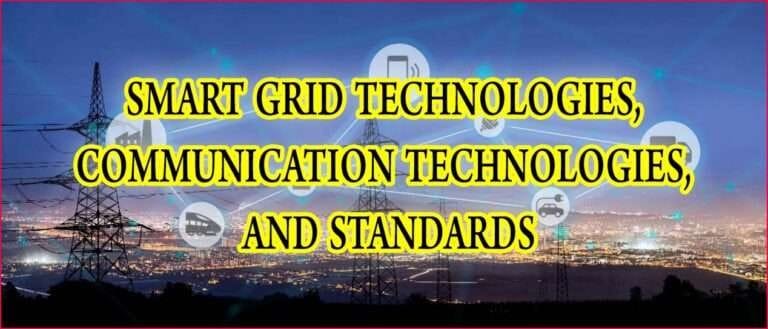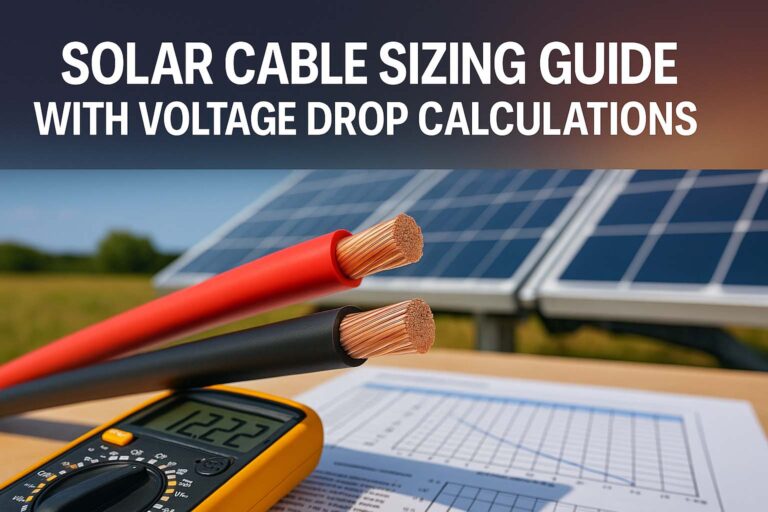Solving Home Charging Problems for EV Owners
Electric vehicle (EV) charging at home can sometimes be a challenge, but understanding the basics can help you maximize your charging setup. This blog will cover different charging levels, potential problems, and solutions to help you get the most out of your home charging experience.

Why Home Charging Matters
Charging your EV at home is the key to seamless ownership. With a home charging setup, you can start each day with a full battery and avoid the hassle of unreliable public charging stations. It’s like never having to visit a gas station—unless you need snacks or a bathroom break!
However, home charging does come with its own set of challenges. Let’s break them down and explore the solutions.
Level 1 vs. Level 2 Charging
Level 1 Charging
- Uses a standard 110V household outlet.
- No additional installation required.
- Extremely slow, adding about 3 miles of range per hour.
- Suitable for short-distance commuters but impractical for most drivers.
Level 2 Charging
- Requires a 240V outlet, typically installed in a garage or driveway.
- Much faster, adding about 30 miles of range per hour.
- Ideal for overnight charging, fully replenishing most EVs in 7-9 hours.
Level 2 vs. DC Fast Charging (DCFC)
While Level 2 charging is great for home use, it does not match the speed of DC fast charging. DCFC can add hundreds of miles of range in under an hour, but it is typically available only at public charging stations. Home charging won’t provide that speed, but it does offer convenience and cost savings over time.
Bi-Directional Charging: A Backup Power Source
Some Level 2 chargers support bi-directional charging, allowing your EV to power your home during blackouts. While this requires additional hardware and can be expensive, it turns your EV into a backup power source, adding extra value to your home charging setup.
Common Home Charging Problems & Solutions
1. High Installation Costs
- Problem: Installing a 240V outlet can be expensive, especially if electrical upgrades are needed.
- Solution: Check for federal, state, and utility company incentives. Many providers offer rebates or tax credits for installing EV chargers.
2. No Garage or Dedicated Parking Spot
- Problem: Apartment or townhouse residents may lack access to home charging.
- Solution: Some communities offer shared EV chargers. Public Level 2 and DC fast chargers are also an alternative, though less convenient.
3. Limited Electrical Capacity
- Problem: Older homes may require a costly electrical service upgrade.
- Solution: A smart splitter can share an existing 240V outlet with an appliance like a clothes dryer, allowing EV charging without upgrading your home’s electrical system.
4. Choosing the Right Plug Type
- Problem: Different EV models use different plug types, leading to compatibility issues.
- Solution: Ensure your charger matches your vehicle’s port type. Adapters exist, but buying a compatible charger is the simplest solution.
5. Cable Length & Placement
- Problem: Installing the charger in the wrong spot can make it difficult to reach your EV’s charging port.
- Solution: Before installation, measure the distance from the charger location to your EV’s port to ensure the cable will reach comfortably.
How to Charge Cheaply at Home
- Charge During Off-Peak Hours: Electricity rates are often lower at night. Many utilities offer discounted rates for overnight charging.
- Consider Solar Panels: If feasible, solar panels can help reduce home charging costs and make your EV usage even more sustainable.
- Loyalty Programs: If relying on public charging, sign up for discount programs to lower per-kWh costs.
Conclusion
For most EV owners, installing a Level 2 home charger is the best way to ensure convenient, cost-effective charging. While public charging has its place, home charging eliminates most of the stress and allows you to enjoy your EV to the fullest.
#EVCharging, #HomeCharging, #EVProblems, #ChargingIssues, #ElectricVehicles, #EVLife, #SustainableDriving, #ChargingSolutions, #EVChargingTips, #GreenEnergy, #EVHomeSetup, #ElectricCarOwners, #ChargeAtHome, #EVInfrastructure, #FutureOfDriving






